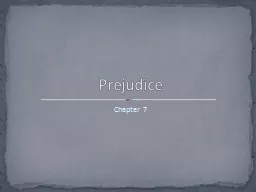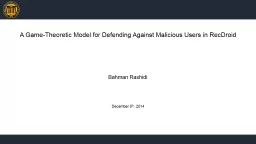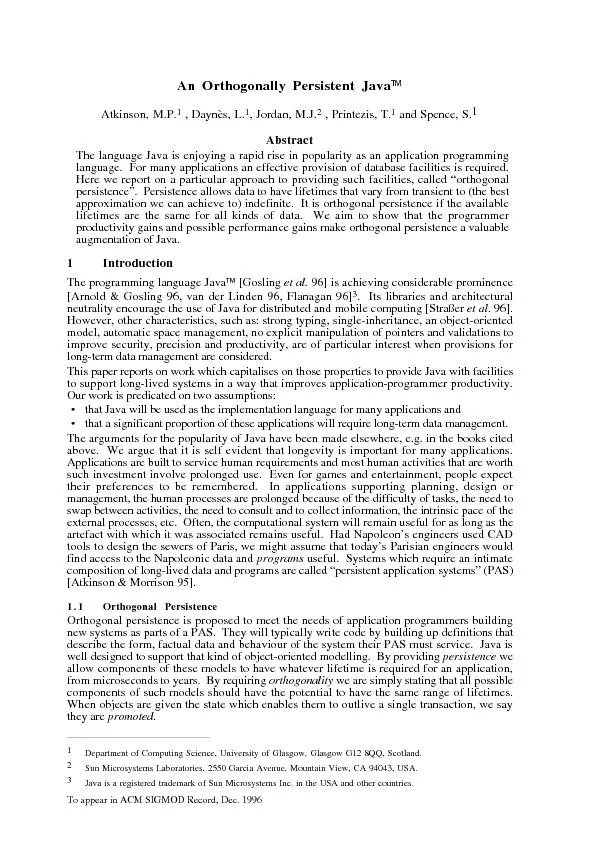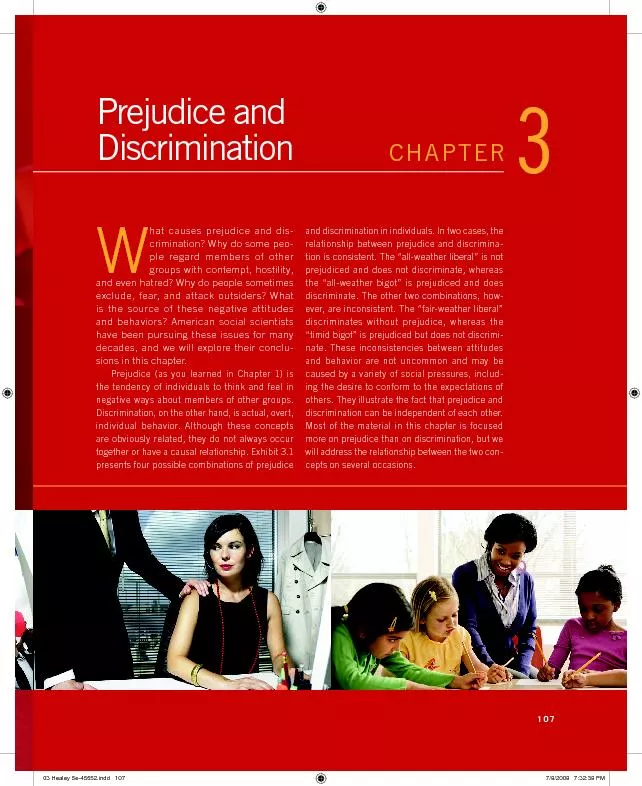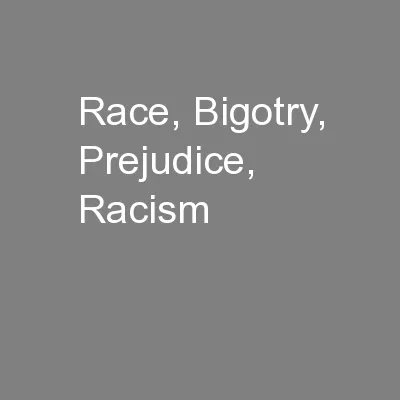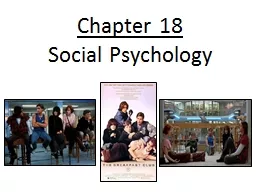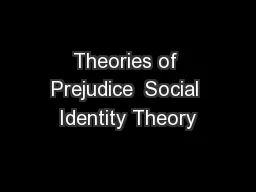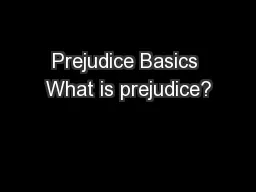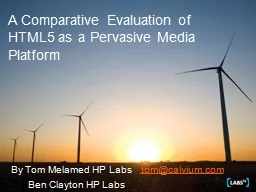PPT-Chapter 7 Prejudice Prejudice is a malicious, pervasive, and persistent social problem
Author : danika-pritchard | Published Date : 2018-03-21
Although its harmful effects are experienced most acutely by its targets everyone is negatively affected by prejudice The study of prejudice has been a central focus
Presentation Embed Code
Download Presentation
Download Presentation The PPT/PDF document "Chapter 7 Prejudice Prejudice is a mali..." is the property of its rightful owner. Permission is granted to download and print the materials on this website for personal, non-commercial use only, and to display it on your personal computer provided you do not modify the materials and that you retain all copyright notices contained in the materials. By downloading content from our website, you accept the terms of this agreement.
Chapter 7 Prejudice Prejudice is a malicious, pervasive, and persistent social problem: Transcript
Download Rules Of Document
"Chapter 7 Prejudice Prejudice is a malicious, pervasive, and persistent social problem"The content belongs to its owner. You may download and print it for personal use, without modification, and keep all copyright notices. By downloading, you agree to these terms.
Related Documents

